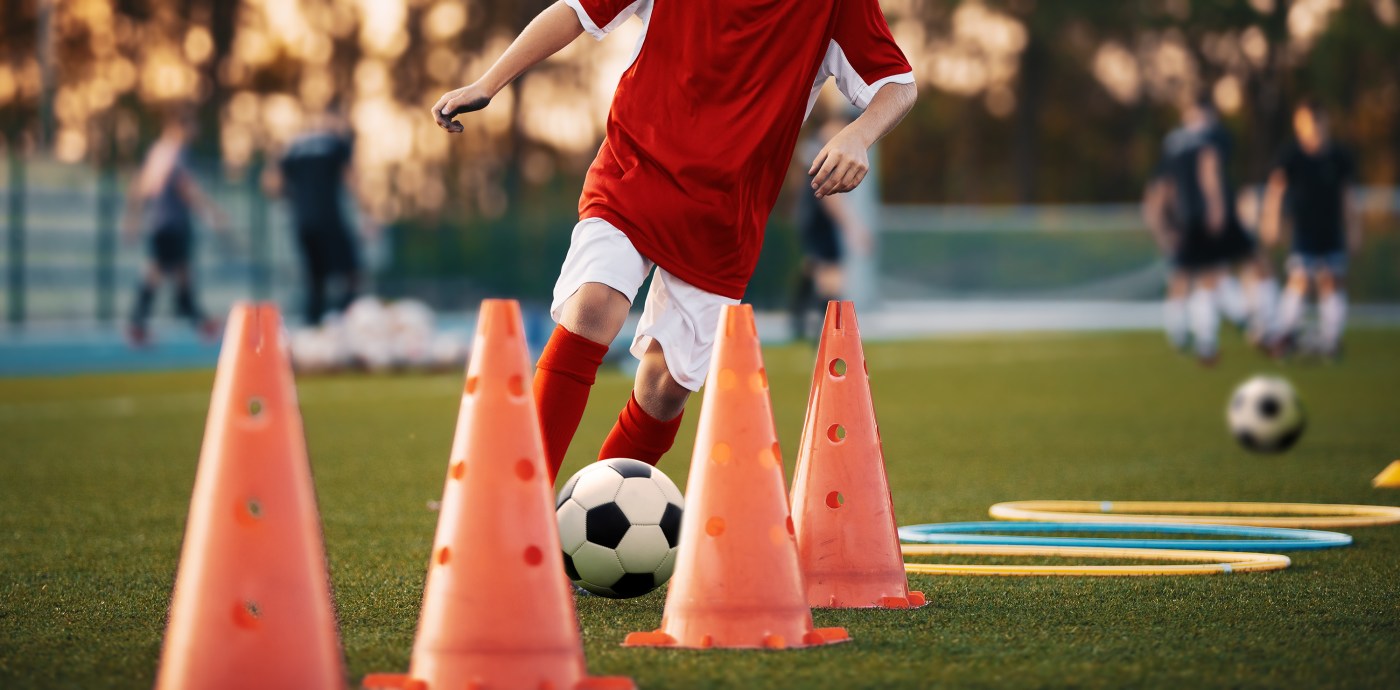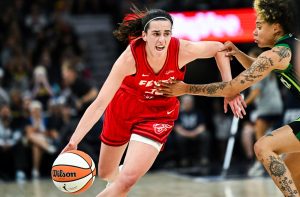
Keeping young athletes, active kids safe in hot weather
Whether your child plays organized sports or just loves being active outdoors, hot weather can pose serious health concerns.
As temperatures in all parts of the U.S. trend upward, kids face a rising risk of weather-related illness such as heat exhaustion and heat stroke. This includes exertional heat stroke (EHS), linked with intense exercise in hot weather. Exertional heat stroke is a leading cause of sudden death in high-school athletes, particularly football players.
On hot days, children will sweat. As the moisture on the skin evaporates, it takes some of the body’s heat with it. But sweat might not be enough to keep a child cool, especially if they don’t drink enough water or if the humidity level is high.
Body temperatures may begin to rise. This can make a child’s heart race as it struggles to pump blood throughout the body.
If they don’t take a break to hydrate enough, cool off and rest, kids might experience muscle cramps, dizziness, headache, nausea or vomiting, excessive sweating (or cold clammy skin), drowsiness or confusion, or a loss of coordination.
Symptoms like these may point to heat exhaustion, which means it’s time to stop playing and ask an adult for help. When kids don’t get immediate attention, they can suffer heat stroke, which involves a body temperature above 104° F. At this point they may faint, suffer seizures or even die. Heat stroke is a medical emergency.
On humid days when the air is saturated with moisture, evaporation slows down, making us more vulnerable to heat illness.
Even modest temperatures of 75°F to 80°F can be dangerous if the heat index reaches 90°F — the threshold for caution when playing or working outdoors. A heat index of 105°F or above indicates a “danger day” when kids and families should limit time outside.
Kids who are active in sports aren’t the only ones at risk for weather-related illness when it’s hot out. So are those who perform in marching bands, work at amusement parks or handle lawn and garden tasks, for example. And heat illness is also not unique to the outdoors—it can also affect kids who work or exercise in uncooled indoor spaces such as field houses, barns or enclosed swimming pools.
Here are tips that can help protect children and teens from overheating year-round:
Keep a close eye on small children, who need extra protection and supervision. Toddlers and preschoolers love being outside, but they may not remember to drink water or take shade breaks. Encouraging regular water and snack breaks is a helpful strategy to avoid dehydration. Since small children are more sensitive to heat than older kids, it’s wise to limit outdoor play. Keeping little ones in the shade during peak UV hours (roughly 10 a.m. to 3 p.m.) reduces risks for heat illness and sunburn.
Help older kids tune into their bodies. When children and teens play outside, they may ignore signals that point to heat stress. Make sure they know what to watch for — and teach them to check in with a responsible adult right away. Explain that while grownups who know the signs of heat illness will be watching over them, kids can protect themselves by being their own “first responders.”
Encourage young athletes to watch out for one another. Kids can support coaches, trainers and other adults by watching for signs of heat stress in fellow team members and players.
Make it cool to stay cool. Many young athletes hesitate to opt out when it’s hot. Peer or coaching pressure might drive them to keep moving on hot days, even when their bodies warn them to stop. Surprisingly, many athletic programs don’t have specific guidelines for preventing heat illness, so adults should be ready to speak up. Ask coaches and athletic coordinators what heat safety precautions are in place — and if the heat index reaches the high 90s, consider having your child sit out for the day. Missed games and meets can cause serious disappointment, but they’re never worth risking a child’s health.
Get your child involved. Before heading out, ask kids to help you with a few simple steps. Check the weather report, put on sweat-proof sunscreen and hydrate together. Carry chilled or frozen water bottles with you, with backup bottles in the car or bike holder. If your child isn’t wearing a uniform, help them choose light-colored, loose, breathable clothing.
Help kids adjust to exercising in the heat. At the start of a sports season, or whenever they travel to a warmer area, require kids to start out gradually. Minutes of outdoor play can increase over 7 to 14 days, giving them time to adapt. Coordinate with coaches, field-trip guides and other adults to ensure on-the-ground support if you won’t be present.
Team up with other adults. Network with other parents who can provide water, electrolyte drinks or cold, raw fruits for your child when you can’t make it to practices or games. (Offer to do the same for them whenever they can’t attend.) Exchange contact info so you can help each other in a heat-related emergency.
As fall approaches, with its heavy equipment and intense exercise, the sport of football has one of the highest rates of environmental heat illness. Players may be more prone to heat illness early in the season after summer break. Other sports like cross-country running and soccer also have higher heat illness rates. To help keep kids safe, parents can be proactive by working with school athletic directors, training staff and coaches. Make sure there is an environmental heat illness policy in place, as well as an emergency action plan.
Since no two kids respond to the heat in exactly the same way, it can be helpful to ask your child’s doctor for pointers.
For more information, go to HealthyChildren.org.
Samuel Schimelpfenig, MD, FAAP, FACSM, is board-certified in general pediatrics and primary care sports medicine. He is a member of the American Academy of Pediatrics Council on Sports Medicine and Fitness, as well as the American College of Sports Medicine. Dr. Schimelpfenig is a clinical professor at the University of South Dakota Sanford School of Medicine./Tribune News Service


